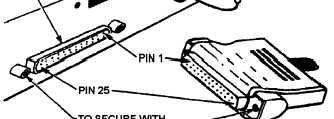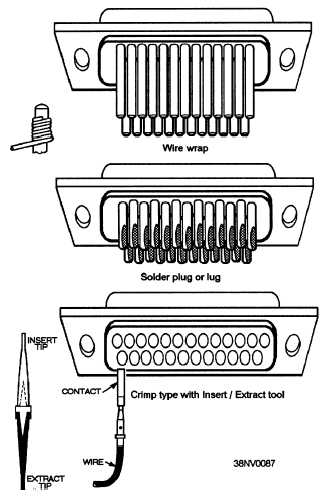Figure 2-18.—Insulation displacement connection (IDC).
of conductors or have multiple rows of many
conductors (fig. 2-19). Rectangular connectors can
have over 100 pins or contacts. Contacts or pins located
on either the receptacle or plug can be flat or round and
can be male or female. Hardware is used to secure the
connection to provide more stability against shock and
vibration. Telephone jack connectors can be used to
connect the conductor to a rectangular multipin
connector. This is very useful in microcomputers; it
makes it easy to disconnect and connect connectors.
solderless (wire wrap, crimping, pin removal and
insertion, MTIDC or IDC, and AMP TERMI-
POINT). Terminations of conductor to plug include
solder (2M and basic) and solderless (crimping, pin
removal and insertion, and MTIDC or IDC).
Combinations of termination are often used (fig. 2-20).
For example, to secure a conductor to a connector
receptacle pin or contact; it may be crimped or
soldered, and then inserted into the connector
receptacle.
CIRCULAR OR CYLINDRICAL (SHELL)
MULTIPLE-PIN CONNECTORS. —Circular
plastic- or metal-shell receptacles and plugs can be used
Externally, provisions can be made for shielding
these connectors from EMI and RFI. Terminations of
conductor to receptacle include solder (2M or basic) and
Figure 2-19.—Rectangular multipin connectors.
Figure 2-20.—Combination of various terminations.
2-17










